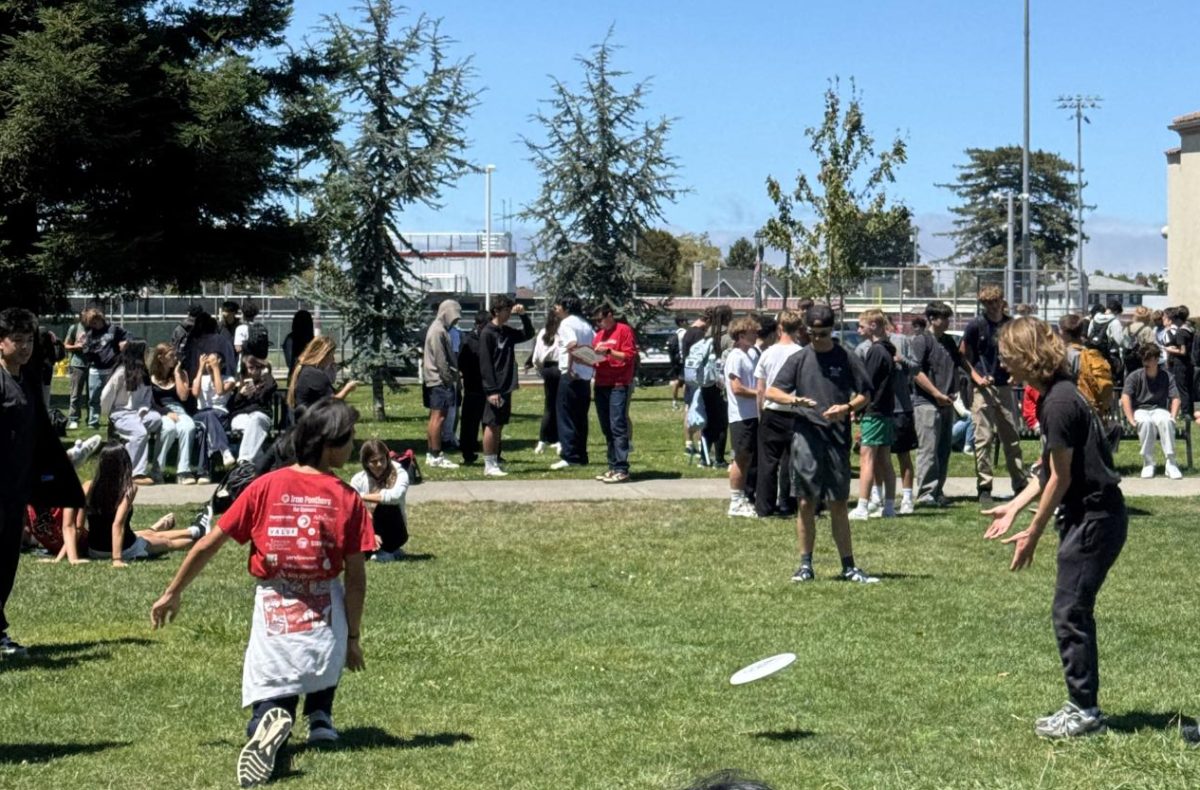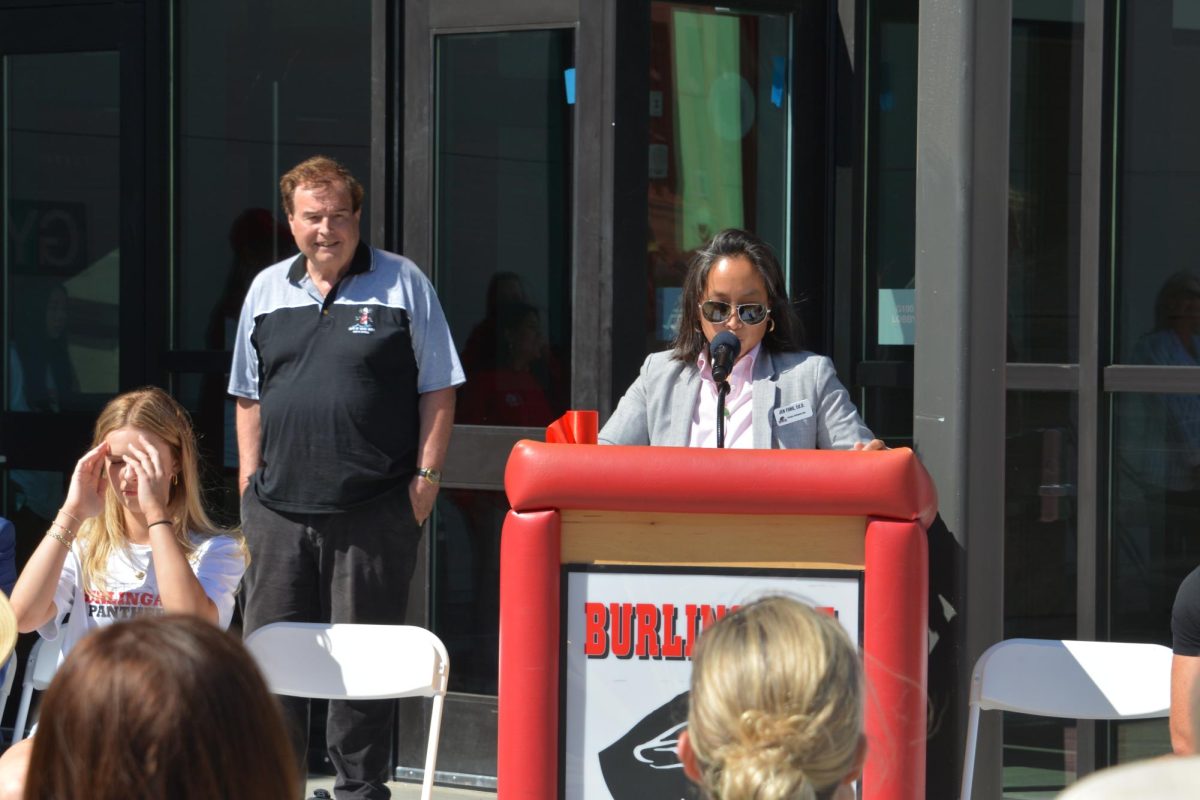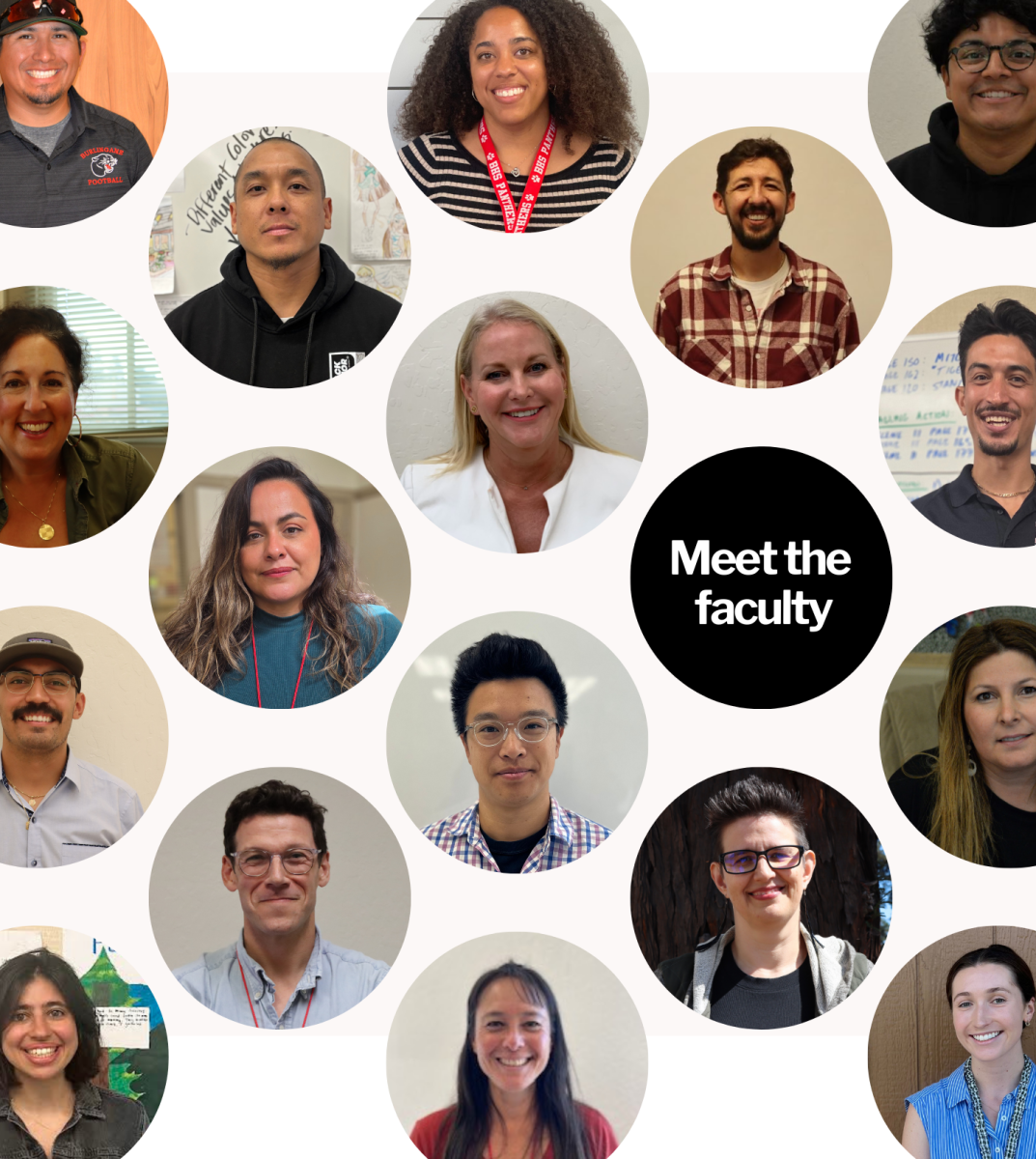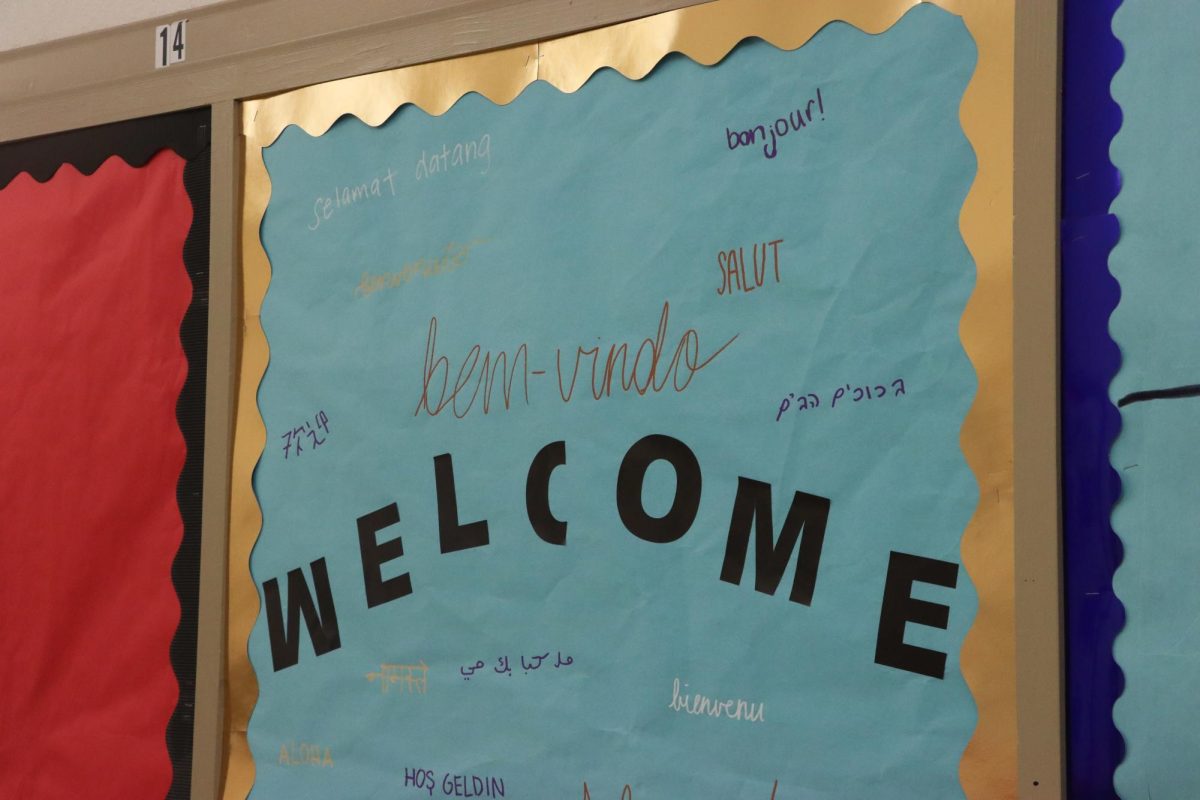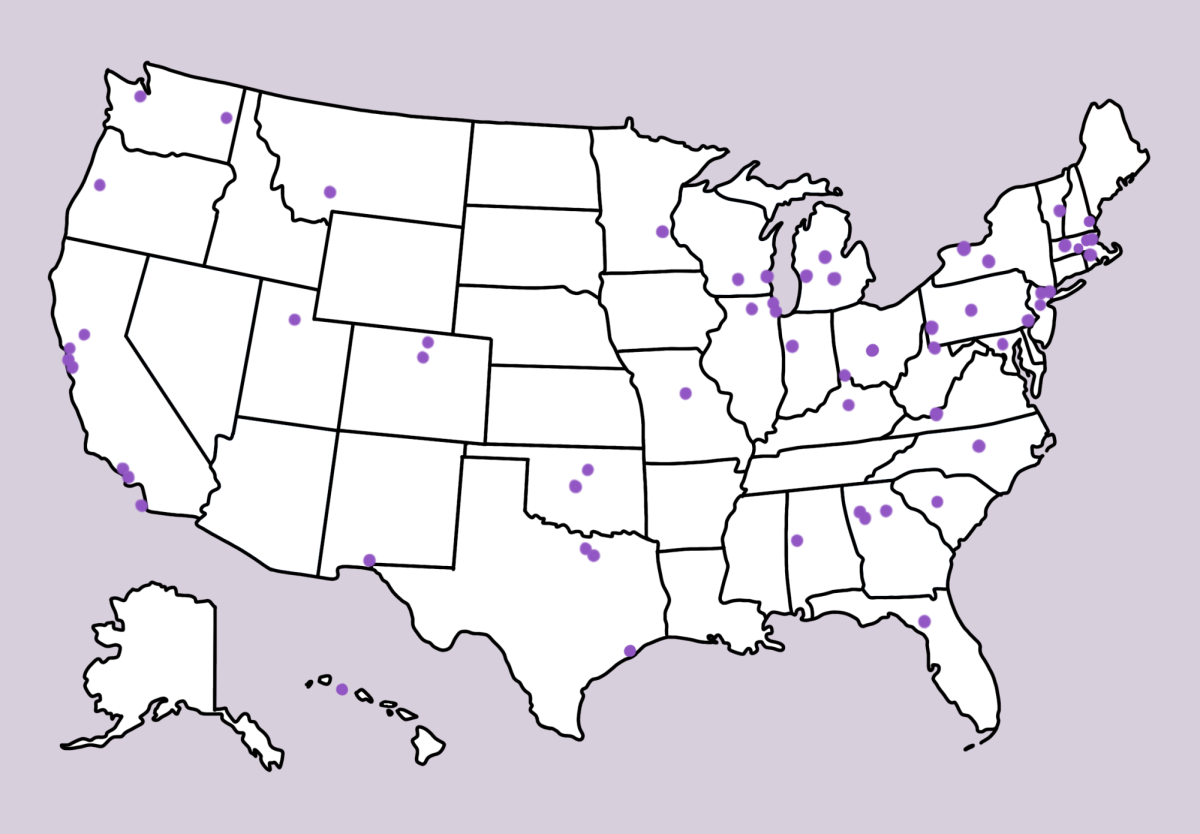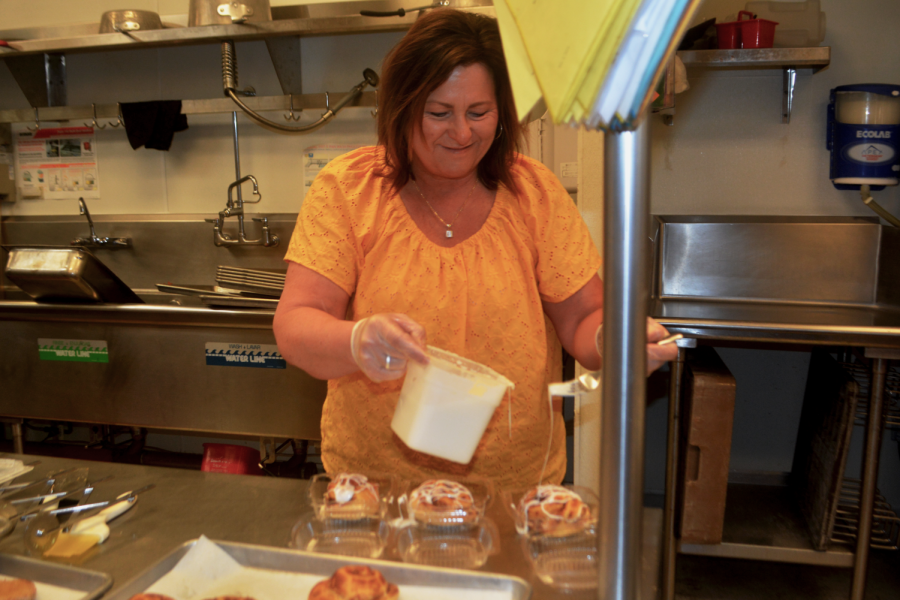Cafeteria brings back scratch cooking with fried chicken, cinnamon rolls
Cafeteria manager Vicki Ottoboni tops off cinnamon rolls with icing in preparation for brunch time.
May 5, 2023
In the past two months, the school cafeteria has undergone a significant change in its approach to cooking, moving away from conventional processed and pre-packaged methods in favor of preparing meals from scratch with fresh ingredients. The same revamp has been implemented across the district, according to the Director of Student Nutrition Denis Vorrises, after almost two years of free, but pre-assembled, breakfast and lunch for SMUHSD students.
Scratch cooking isn’t a novel concept in the district, however, and was a cafeteria staple prior to the pandemic, when meals were not complimentary. Because the introduction of free meals resulted in an influx of students, the cafeteria was forced to resort to more convenient processed and pre-assembled meals.
“It was a little harder because we went from 300 meals a day to almost 1200 meals a day. And with that being said, that’s a huge number,” Cafeteria Manager Vicki Ottoboni said. “Cutting fresh potatoes in the beginning was a little overwhelming, so we went back to the French fries and all that type of stuff.”
However, the increased participation of students has greatly popularized the cafeteria food, boosting state funding and allowing for a wider variety of food options — including scratch-cooked meals.
Changes to the menu and cooking process have been incremental so far, with a focus on adding a variety of hot meals such as waffles, apple compote, rice bowls and french fries. By the start of next school year, however, the plan is to fully incorporate scratch-cooked meals. Although fan favorites such as salads, sandwiches and pizza are here to stay, there is a plan to utilize food wells in which students will be able to make their own meal with specific components.
“We have something we call a ‘fiesta’ which is basically more of a Latin [or] Mexican-fusion type of thing,” district-wide chef Ignacio Dominguez said, “We also have ‘twirl’, which is more on the pasta aspect of things.”
Still, the cafeteria has faced some limitations that are out of its control. The biggest concern is access to the ingredients. Product limitations every week have forced Ottoboni to turn back to packaged meals on certain days.
“Sometimes kids right now will see the fresh cinnamon rolls, and sometimes they still see the packaged ones because we can’t get the fresh [ones], you can only get it once in a while,” Ottoboni said.
Despite setbacks, there has been a clear improvement in the cafeteria food — and students have taken notice. Traditionally, by the end of the school year, the number of students lining up for food starts to dwindle. But with the introduction of fresh meals, the cafeteria hasn’t seen the same drop-off. Sophomore Hailey Miller also noticed the improvement in the overall food, including the packages of cereal which are not made by the cafeteria.
“So far, I have noticed that cereals like cinnamon toast crunch have 25% less sugar which is a step in the right direction,” Miller said, “but I think that there is still a lot of work to be done to make the food healthier.”
With free meals here to stay, and the chaos of the COVID-19 pandemic in the rearview mirror, there is no doubt that the cafeteria will continue to adapt and improve its food – all with students’ palates in mind.
“I grew up in an era where everything was basically as I call it, cardboard, because when you went to school, back in my days, everything was a little bit different,” Dominguez said, “So I want you as a student to feel more at home when you’re here. I want you to feel like you’re eating at your own place.”




